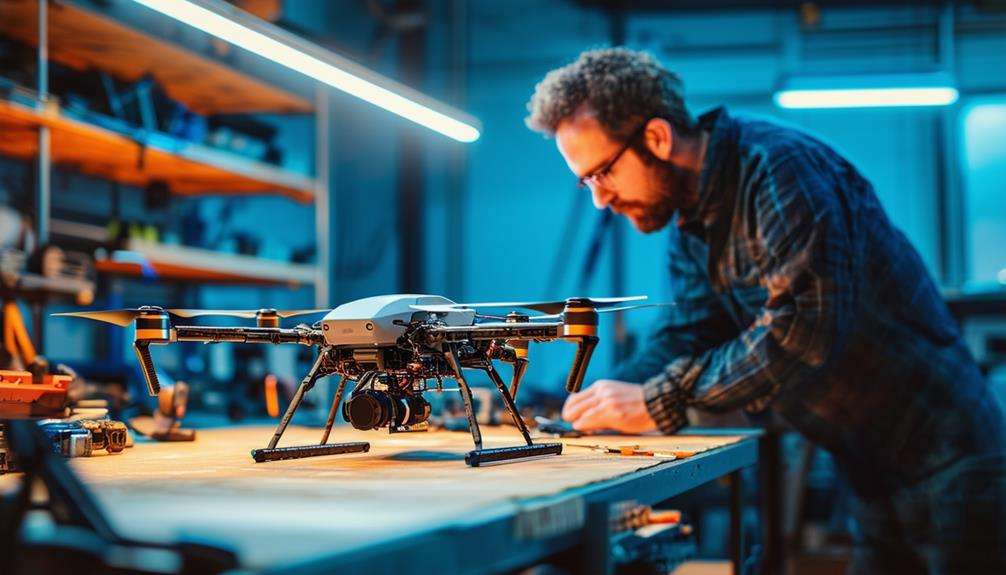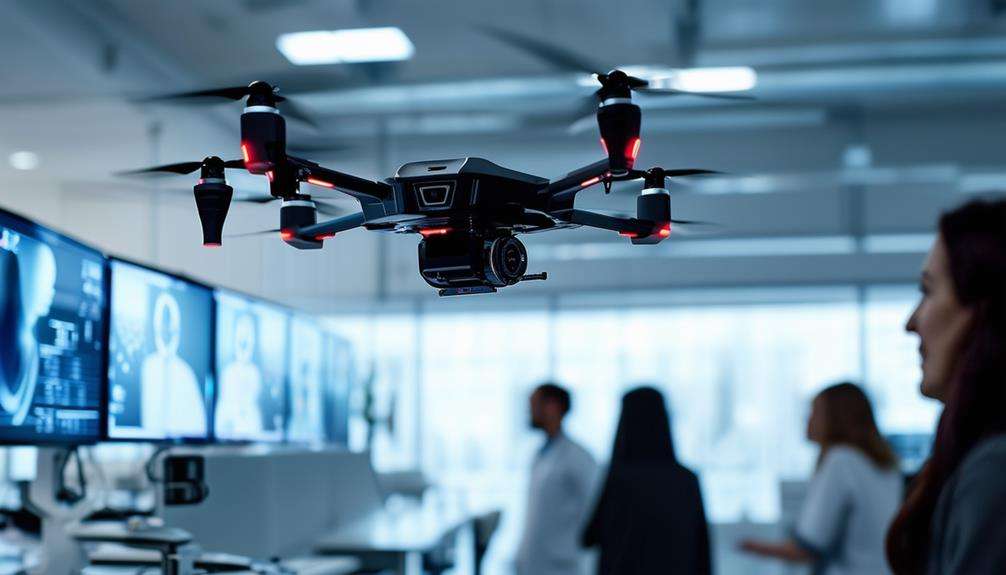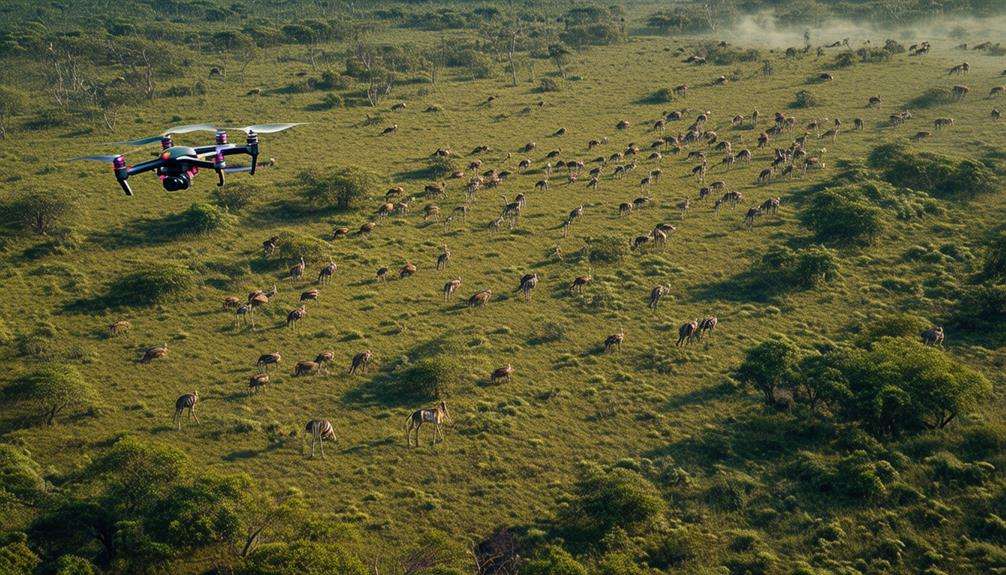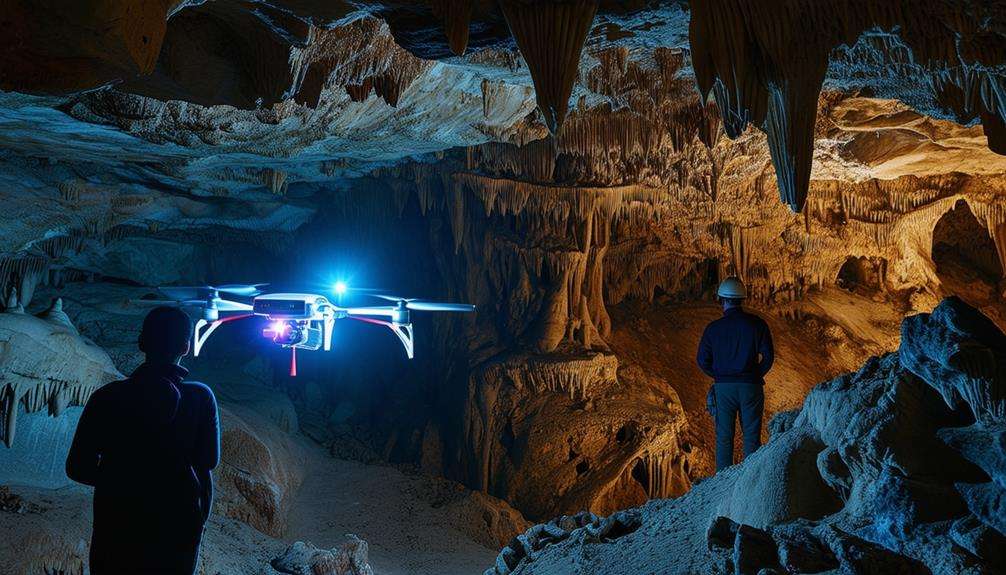How UAVS Are Being Used in Education: Teaching With Drone Technology
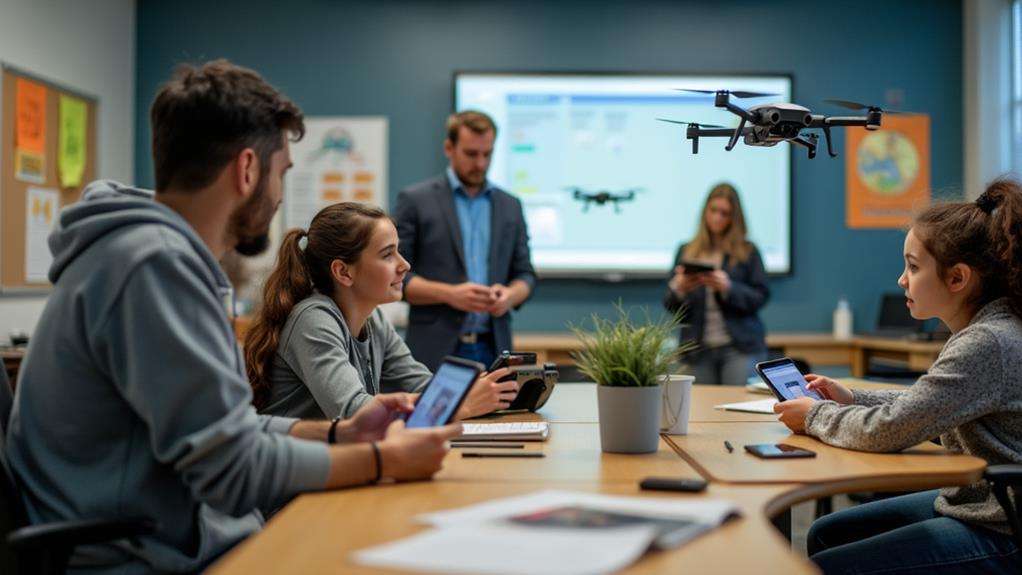
Imagine a classroom where students aren't just reading about concepts in textbooks but are actively engaging with advanced technology. UAVs, or drones, are transforming this vision into reality by offering hands-on learning experiences that make STEM subjects more tangible. Activities such as programming drones and analyzing the data they collect help students develop critical skills like problem-solving, teamwork, and analytical thinking. However, integrating drone technology into the curriculum requires careful planning, adherence to safety protocols, and compliance with legal guidelines. Educators must be well-versed in these aspects to effectively and safely incorporate drones into their teaching. There's much more to explore about how these innovative tools are reshaping education.
Benefits of Drones in Education
Integrating drones into education offers numerous benefits that enhance the learning experience. Hands-on interaction with drones makes lessons more engaging and interactive, thereby improving information retention and aiding in the comprehension of complex concepts.
Drones also foster critical thinking and problem-solving skills. By addressing real-world applications of STEM subjects like physics and engineering, students gain a more profound understanding of the material. This practical approach enables them to apply theoretical knowledge effectively.
Additionally, drones encourage collaborative learning. Team-based drone projects improve communication skills and highlight the value of teamwork—key competencies for future careers. This collaborative setting builds a sense of community and shared responsibility among students.
Exposure to drone technology equips students with technical skills in drone operation, data analysis, and programming. These capabilities align with industry needs, providing students with a competitive edge in emerging job markets.
Moreover, drones support inclusivity in education. Customizable lessons tailored to diverse learning styles ensure that technology is accessible to all students, meeting varied educational needs.
Integrating Drones in STEM
Drones are transforming STEM education by providing hands-on experiences that make abstract concepts concrete. They can be used to explore physics, engineering, and technology. Through aerial surveys and data collection, students can apply theoretical knowledge to real-world situations, enhancing critical thinking and problem-solving skills.
Programming drones introduces students to coding and computational thinking. Writing algorithms for drone navigation offers a practical context for understanding software development, allowing students to see the immediate effects of their code and making programming concepts more accessible.
Engaging in drone-based engineering design challenges encourages students to solve problems and think critically. They must navigate real-time obstacles and optimize their designs for smoother flights, deepening their understanding of engineering principles and fostering innovative thinking.
Drones also facilitate data collection for scientific inquiries, such as environmental studies, geography projects, or wildlife monitoring, reinforcing students' grasp of scientific methods. The interactive nature of drones increases student engagement and motivation, catering to various learning styles and making STEM subjects more appealing.
Safety and Legal Guidelines
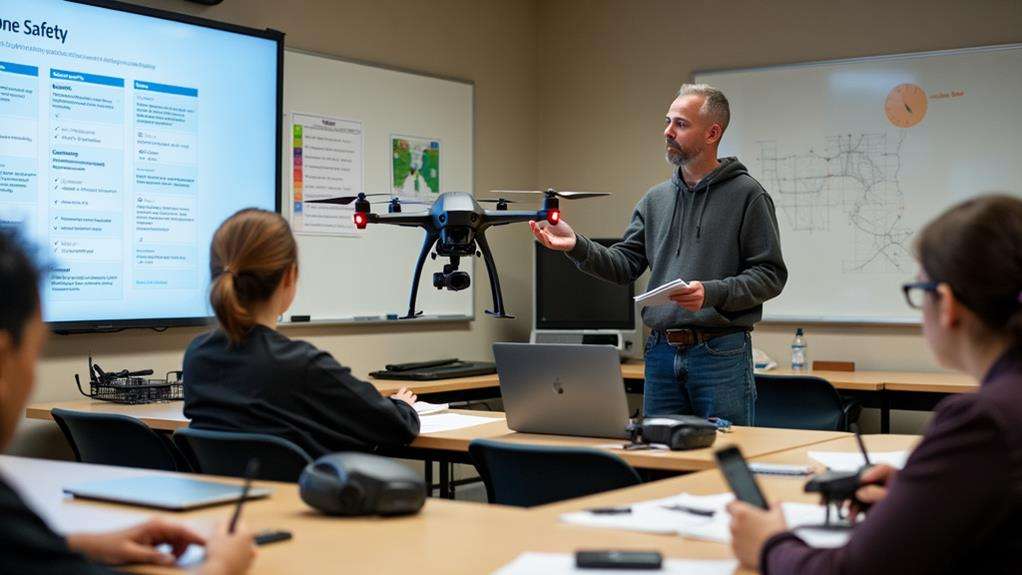
While drones offer exciting opportunities in STEM education, it's essential to address the safety and legal guidelines that ensure their responsible use. Schools must comply with FAA regulations by obtaining a Remote Pilot Certificate for educational drone operations and registering all drones with the FAA. Following safety guidelines is crucial; always supervise drone activities, instruct students on maintenance, and establish clear protocols for responsible drone operation.
Verify insurance coverage with your provider to mitigate liabilities associated with potential accidents during drone use. Implement risk assessment exercises to educate students about safety protocols and airspace regulations essential for responsible flying. This proactive approach minimizes risks and ensures a safer learning environment.
Ethical considerations are also paramount. Integrate lessons on privacy and data collection into your curriculum to promote responsible engagement with drone technology. Students must understand the importance of respecting privacy and the ethical implications of data collection when operating drones. By addressing these aspects, you'll foster a culture of responsible drone usage in your educational institution, preparing students to navigate both the technological and ethical landscapes of drone operation.
Hands-On Drone Activities
Integrating hands-on drone activities into educational curricula can transform theoretical knowledge into practical skills, making learning both engaging and impactful. By adopting a hands-on approach, students can apply drone technology in meaningful ways. For instance, UAV performance tests enable students to measure battery life, assess payload capacity, and conduct aerial surveys, thereby enhancing critical thinking and problem-solving skills while providing real-world experience.
Disaster relief mission simulations foster teamwork and strategic thinking. In these exercises, students plan and execute UAV flights to deliver supplies, mirroring actual relief efforts. Creating 3D models from aerial photos combines creativity with technical skills, offering practical applications of their knowledge.
Coding drones for autonomous flight helps students develop computational thinking. This hands-on approach provides a challenging yet rewarding practical context. Gamified challenges like retrieve-a-payload tasks encourage innovation and deepen students' understanding of drone mechanics.
Here's a summary of the activities:
| Activity | Skills Developed | Practical Applications |
|---|---|---|
| UAV Performance Tests | Critical thinking, problem-solving | Battery life, payload capacity, surveys |
| Disaster Relief Simulations | Teamwork, strategic thinking | Supply delivery in real-world scenarios |
| 3D Model Creation | Creativity, technical skills | Real-world modeling |
| Autonomous Flight Programming | Computational thinking, coding | Autonomous flight operations |
| Retrieve-a-Payload Challenges | Innovation, drone mechanics | Gamified learning |
Incorporating these activities helps students gain a robust understanding of the practical applications of drone technology.
Future of Drone Technology
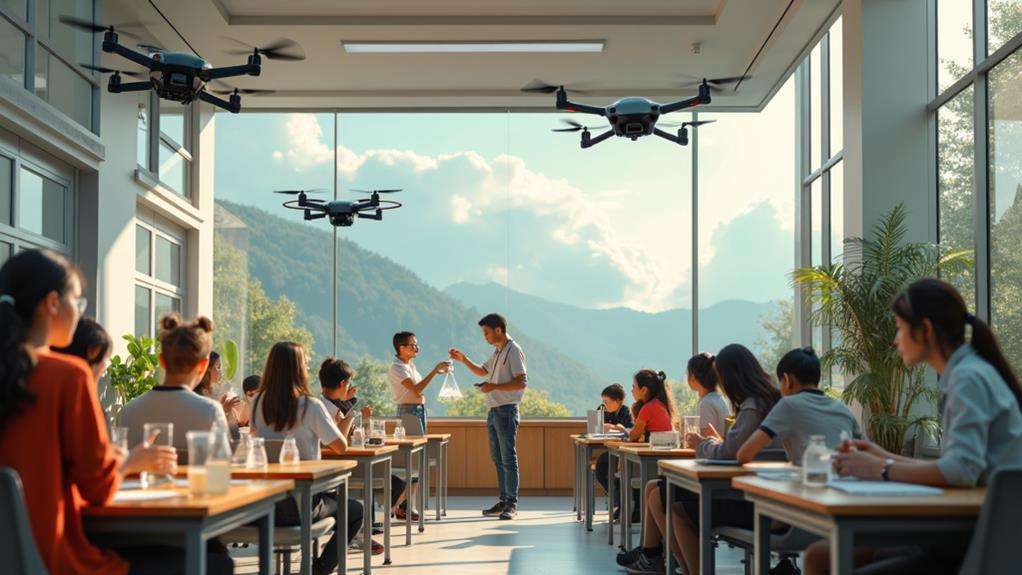
The future of drone technology holds immense promise, with the market expected to exceed $40 billion by 2026. Educational applications are advancing rapidly, preparing students for the future through innovative drone technology uses. More programs will integrate artificial intelligence and machine learning, providing students with hands-on experience with cutting-edge technologies.
As environmental awareness grows, drones will play a crucial role in teaching sustainability and conservation. Students will tackle real-world issues like monitoring ecosystems, collecting climate change data, and participating in reforestation projects using UAVs.
Incorporating virtual and augmented reality into drone operations will revolutionize remote learning. Students will engage in immersive simulations of drone missions, gaining practical skills without leaving the classroom. This approach enhances STEM education, making it more interactive and relevant.
Collaboration between schools and the drone industry is set to increase, offering more internships and hands-on projects. This partnership ensures educational programs align with current job market demands, opening exciting career opportunities for students.
Advancements in drone technology promise a bright future, equipping students with the skills and knowledge to address tomorrow's challenges.

